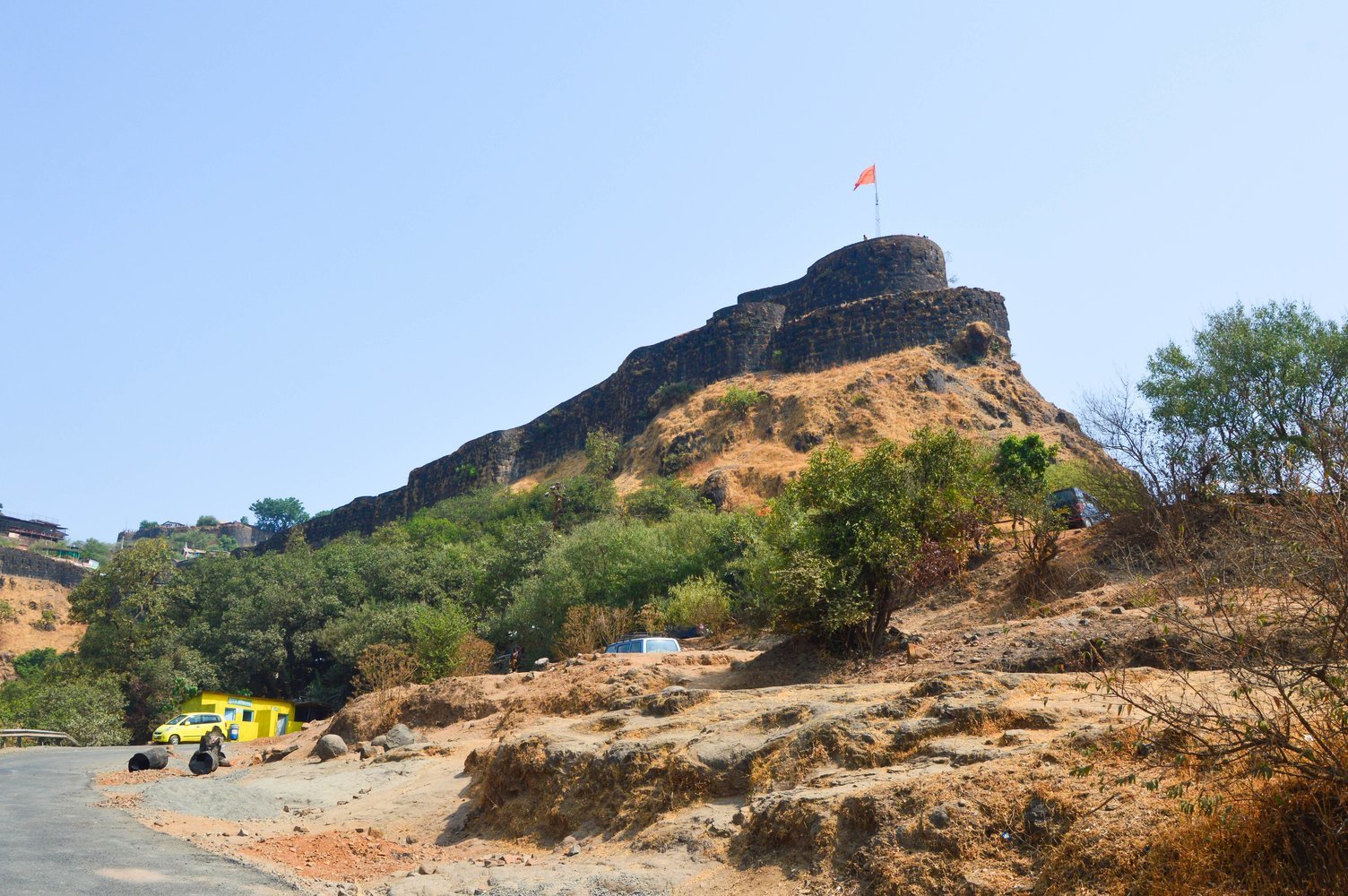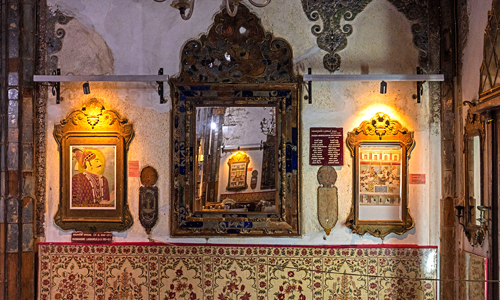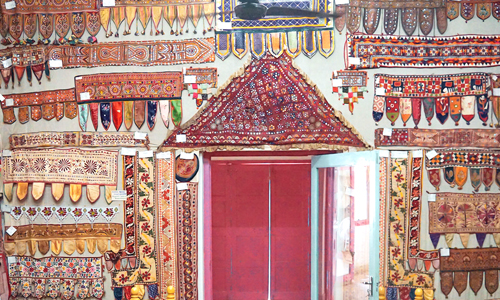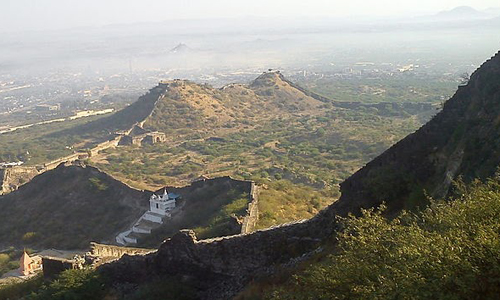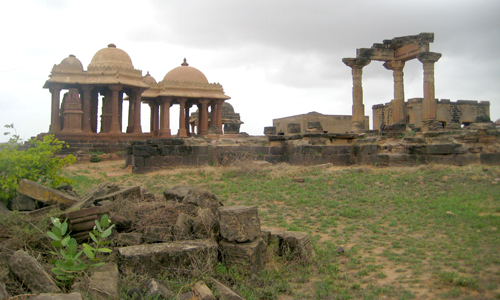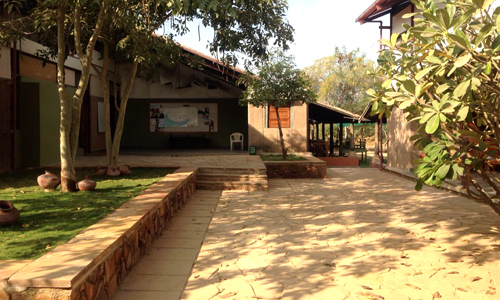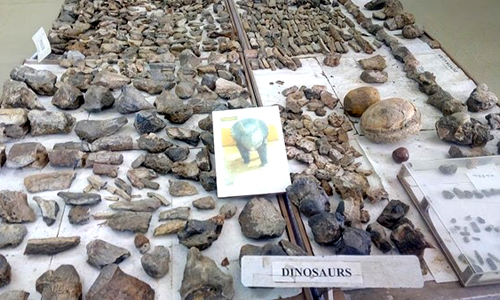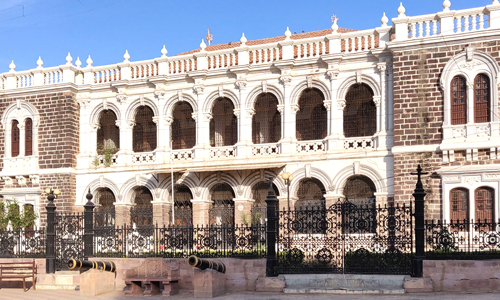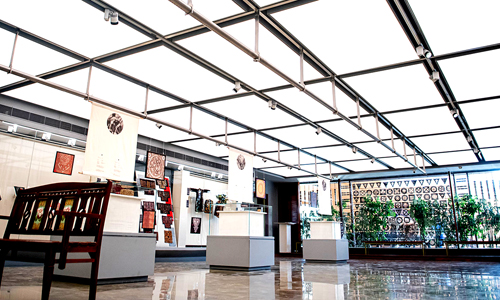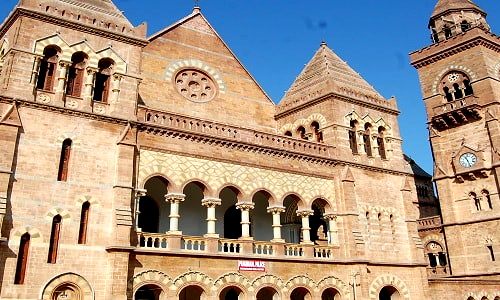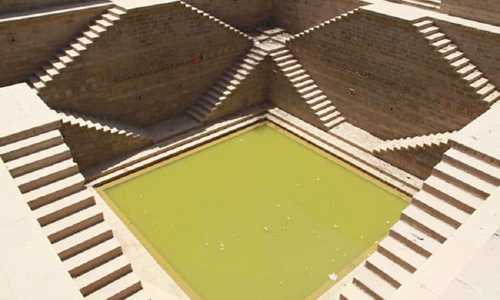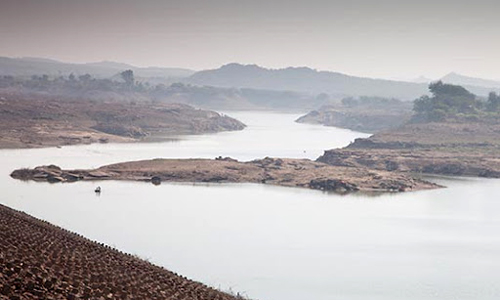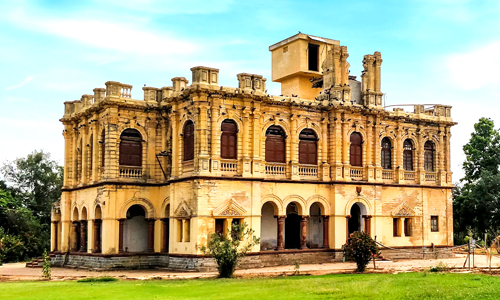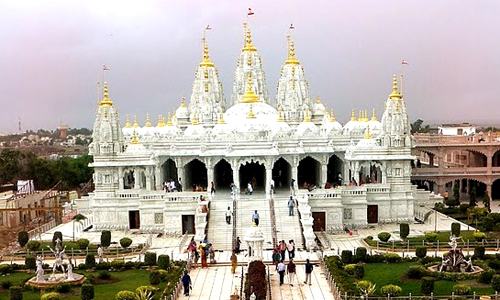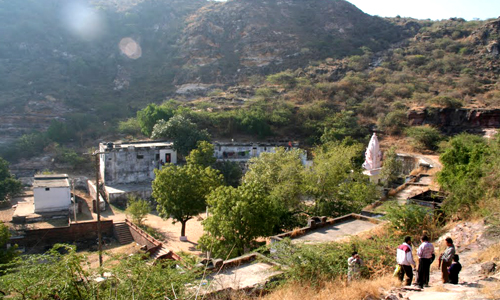Kera Shiva Temple is a historic Hindu temple in Kera village near Bhuj, Gujarat. It is also known as the Kerakat Lakheswar Temple and is one of the oldest temples in Kutch. It is one of the most prominent places to visit in Bhuj.
Architecture
The shrine is constructed of red stones in the Solanki architectural style. The inside of the temple is square in shape, and the walls are approximately 3 feet thick. In the sanctuary, the ruling god takes the form of Linga. The shrine features a Pradakshina walkway and two open cut-stone perforated windows.
The temple's spire features eight triangle-shaped sculptures in the shape of chaitya windows on each face. The temple's corners have small spires.
The spires' external sections are richly decorated with finely carved figures. Only the northern portion of the ancient hall or Mandapa remains, and it contains a few well-carved sculptures. Several stone carvings of Yakshas may be found around the temple complex. The Fort of Kapilkot, located near this shrine, is likewise damaged.
History
Kera Shiva Temple, which is dedicated to Lord Shiva, was established during the Solanki dynasty's reign in the late 10th century. Many prominent temples in the area were patronised by the Solankis, also known as the 'Chalukyas of Gujarat'.
The Shiva Temple in Kera is one of numerous temples built by the Solanki monarchs. The majority of the temple was devastated by the earthquakes of 1819 and 2001, but the spire, inner sanctum, and sculptures remain in good shape.
Best time to visit
Tourists visiting Kera during Navratri may immerse themselves in the city's rich cultural legacy while also enjoying the bustling environment. The Shiva temple is a must visit during the Bhuj tour package.
Maha Shivratri, Makar Sankranti, Kartik Purnima, Dussehra, and Diwali are all celebrated with great devotion at the Shiva temple. An annual fair is held on the temple grounds, attended by a great number of devotees.


